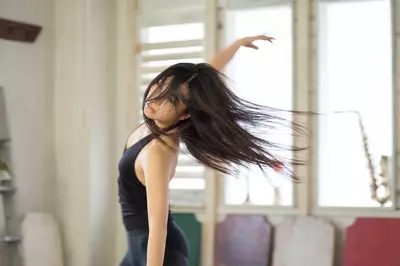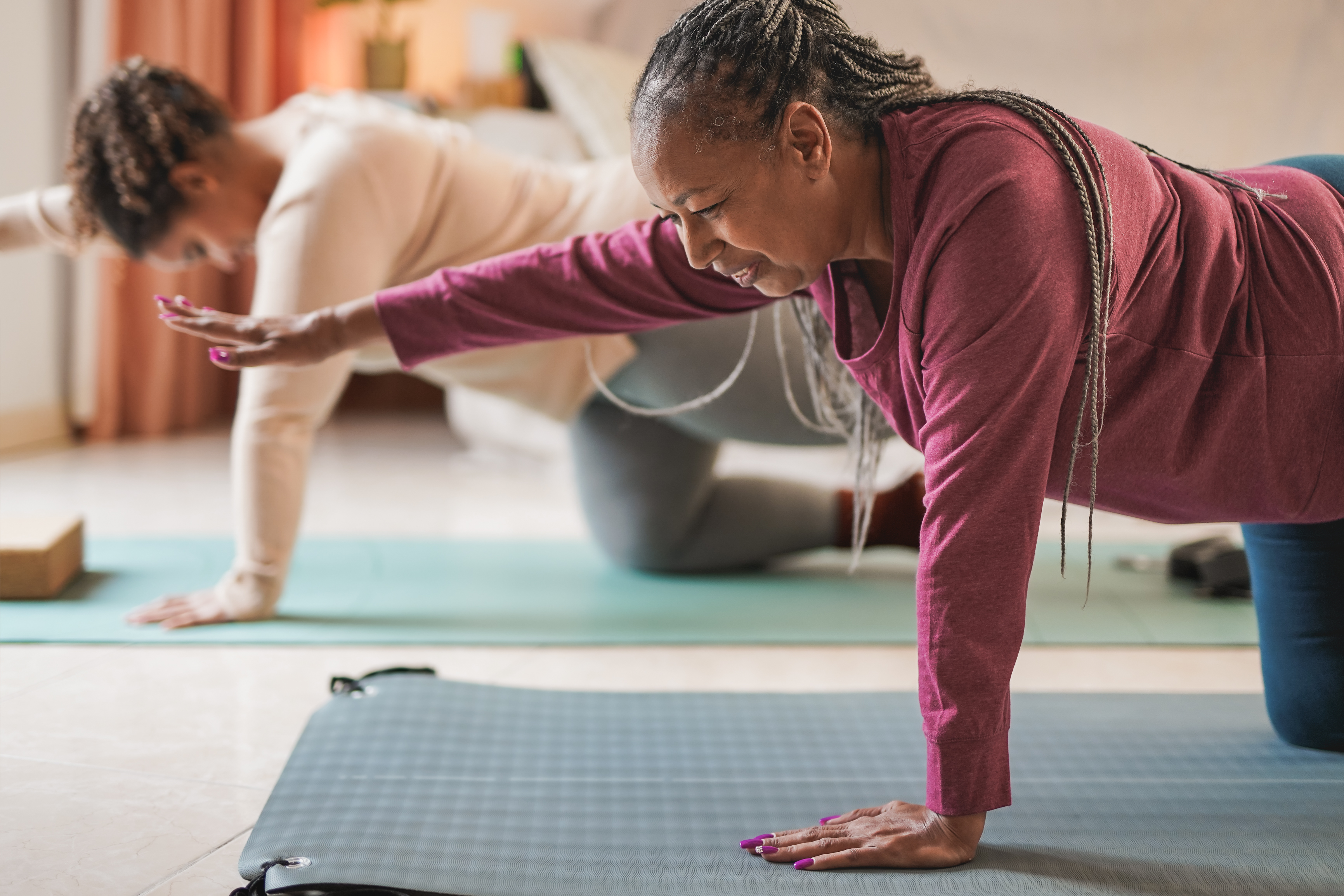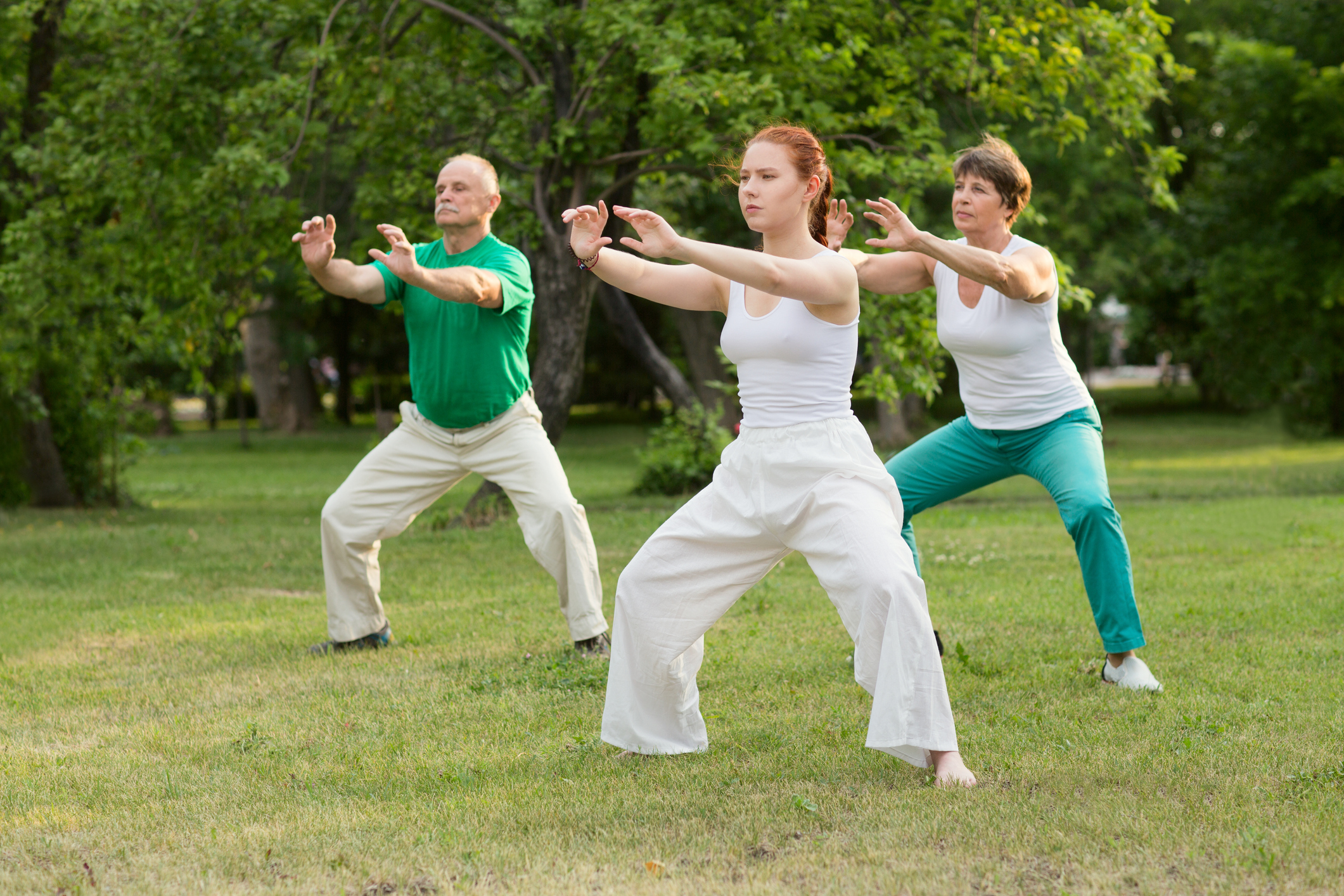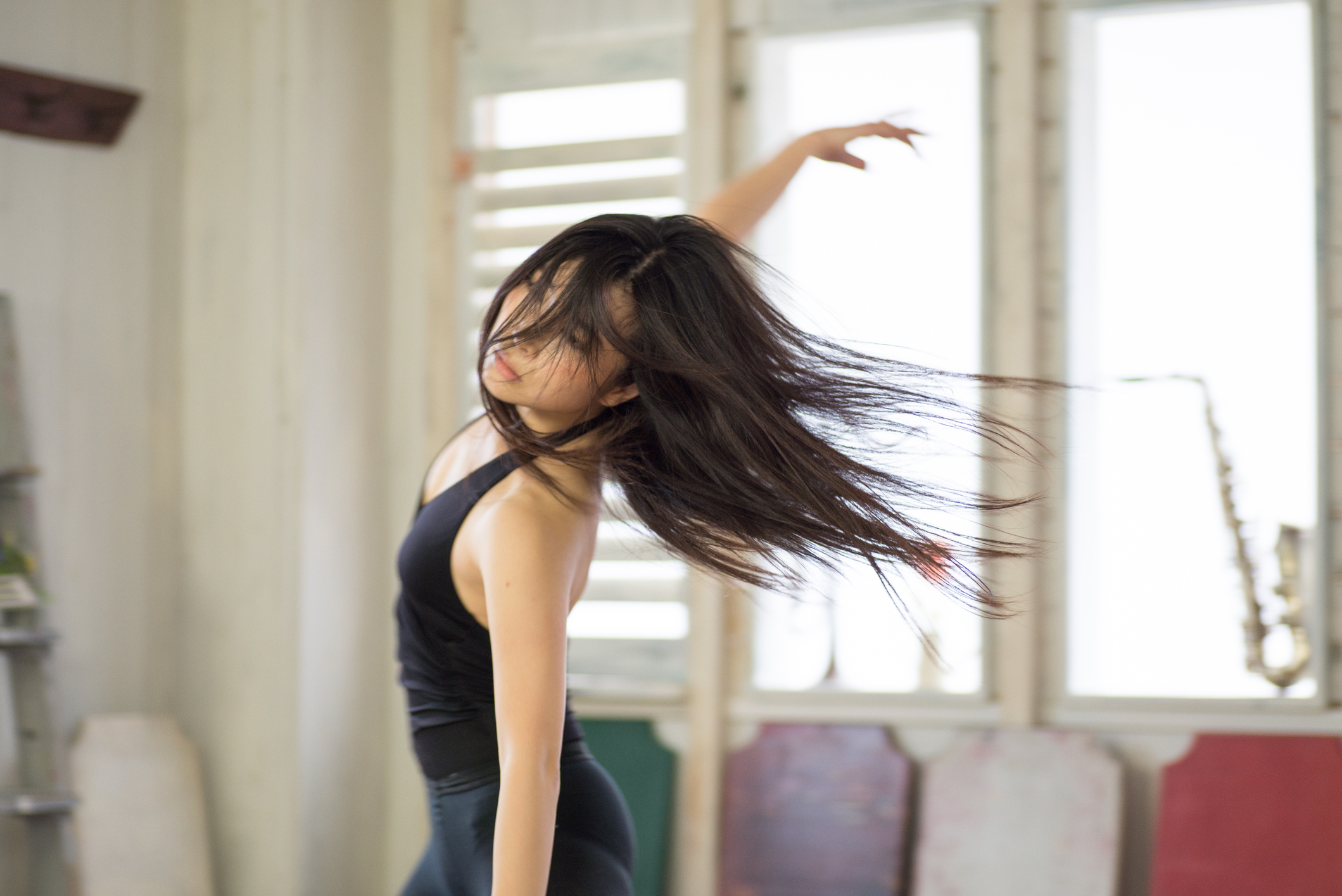Movement for Cancer & Rare Disease Survivors

Sometimes your body needs movement to help improve aches, pains, and your mood.
Have you ever been anxious or nervous and someone has said something like, “Calm down!” or “relax!”? Then when you try to calm down and relax by laying down you find this makes you more anxious as your mind is wandering and your body is wiggling? Do not worry, this is normal and common.
Sometimes our bodies and our minds feel like they are racing, and “relaxing” by meditating feels like the least helpful recommendation. In moments like these, try movement-based therapies.
Movement-based therapies are a collection of integrative therapies that work by aligning your body and mind through movement, breath, and focused attention. Below you will find a few examples of movement-based therapies and how you can practice them on your own.
Exploring Movement Based Therapies
Yoga
 Yoga is a movement-based practice that you can do anywhere. You may often see people practicing yoga in studios with special equipment and doing headstands, but this is not necessary. Yoga is very adaptable to meet you where you are at. The original intent of yoga was to bring the body and mind together, to sustain peace and comfort while remaining still.
Yoga is a movement-based practice that you can do anywhere. You may often see people practicing yoga in studios with special equipment and doing headstands, but this is not necessary. Yoga is very adaptable to meet you where you are at. The original intent of yoga was to bring the body and mind together, to sustain peace and comfort while remaining still.
Yoga practices include a combination of poses, breath work, and meditations that promote healing.
There are various types of yoga practices but the most popular include: Ashtanga vinyasa, yin, and Iyengar, as well as various types of hot yoga. What differentiates the types of yoga are the focus on breath (prana), postures (asana), hand gestures (mudras), and pace of class.
There is a strong body of evidence that supports the use of yoga for physical and psychological conditions. Specifically, yoga may alleviate the impact of anxiety, depression, asthma, musculoskeletal pain, diabetes, and cardiovascular disease.
Related Resources
Qigong & Tai Chi
Qigong and Tai Chi are meditative movement-based practices that strengthen the mind-body connection and improve mobility, flexibility, and balance. 
Tai Chi and Qigong incorporate meditation and breathwork with slow, low-impact, continuous movement.
Practicing these exercises has been shown to improve cardiovascular circulation, decrease arthritis and joint pain, improve high blood pressure, and lower cholesterol levels. Tai Chi, specifically, improves balance and prevents falls in the elderly population.
Related Resources
Dance Therapy
 Do you like to dance? Have you ever tried Dance Therapy? Do you know what it is?
Do you like to dance? Have you ever tried Dance Therapy? Do you know what it is?
Dance Therapy is the "psychotherapeutic use of movement to promote emotional, social, cognitive, and physical integration of the individual, for the purpose of improving health and well-being" (ADTA).
Related Resources


